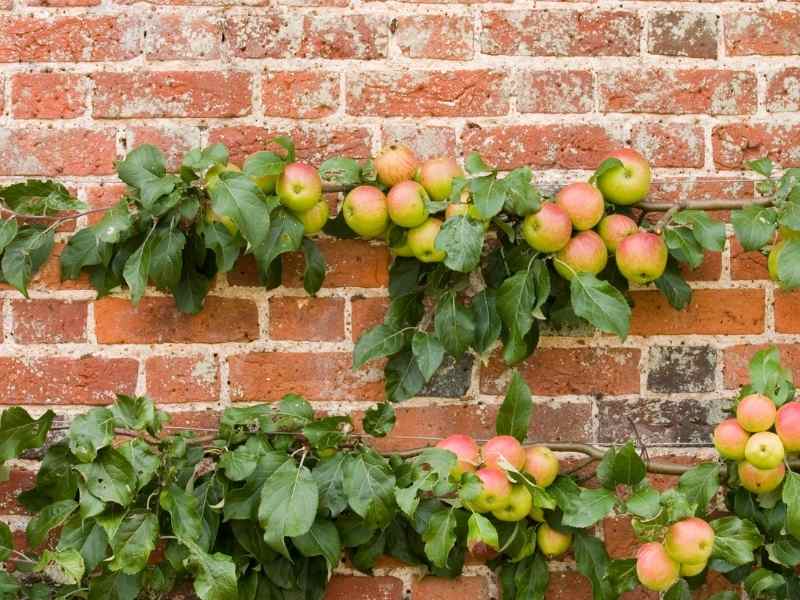There are obviously many great ways of growing a variety of edible and ornamental trees and plants on your permaculture homestead. One method that offers a few benefits is growing using an Espalier technique.

What Is An Espalier?
An Espalier is a type of plant training that uses wires to guide and support the growth of plants in specific directions. It can be used on trees, vines, or other climbing plants. Espaliers are used for many reasons: they don’t need much care (so you can focus your time and energy elsewhere), they provide an attractive aesthetic appeal in the garden, and they offer fruit or flowers at different levels when needed. In this blog post we will discuss how to create an espalier using several different techniques!
History Of Espalier Techniques
There are several different methods to create an espalier. The method was made popualr in the 17th century by a man named Jean-Baptiste de la Quintinie, who worked at the gardens of Versailles. He was looking for a way to grow fruit trees closer together and more efficiently so that they could be grown vertically.
The practice of using the espalier method was used throughout Europe for many different reasons. It wasn’t until the 20th century that it became popular in America, because of a man we all know named Thomas Jefferson who was trying to grow fruit trees at his home Monticello.
Espalier Techniques Today
There are several types of espaliers that can be made today. The most common type is growing fruit trees into a fence-like shape. You can also create espaliers using ornamental plants, such as roses or climbing vines on trellises to make an attractive feature in your garden.
There are several different ways that you can create an espalier today. The first one uses two posts and string for support which will support the growth temporarily until the growth can hold it shape by itself.
The second method uses a trellis that is built into the espalier, which can be more permanent (although it may still need to be replaced every few years) – this type of espalier is often used for fruit trees.
The third way to create an espalier today involves using wire stretched between two posts. This technique is often used for ornamental plants, such as climbing vines.

Benefits Of The Espalier Method
There are many benefits to using this type of training for your plants. First, it is a very attractive way of displaying different types of ornamental vines or fruit trees in the garden. It provides an aesthetically pleasing look that can improve your yard’s overall appeal and value!
Espalier also offers some other great advantages as well! It doesn’t require much work because you aren’t pruning the plant as often, but it is still growing vertically. Another benefit of espaliers is that they provide different levels for fruit or flowers to grow on (which can help with harvest time).
Another benefit of using an espalier is that it can save space. You are growing the plant vertically, which means you will be able to grow more fruit or flowers in less horizontal space!
Final Thoughts
In summary, espaliers offer a lot of benefits to any garden! They don’t require much work, but still provide great aesthetic appeal and function as well. In this blog post we discussed how you can create an espalier using different techniques through history and today – so what are you waiting for? Go out there and start growing.




I have six trees. Two apples, a pear, a cherry, and an apricot.
I prune the trees in February, but this year I wasn’t home to prune until the second week in March. My question is; should the trees be pruned throughout the growing season? I have never done so. I get long vertical “limbs” growing three or four feet long.